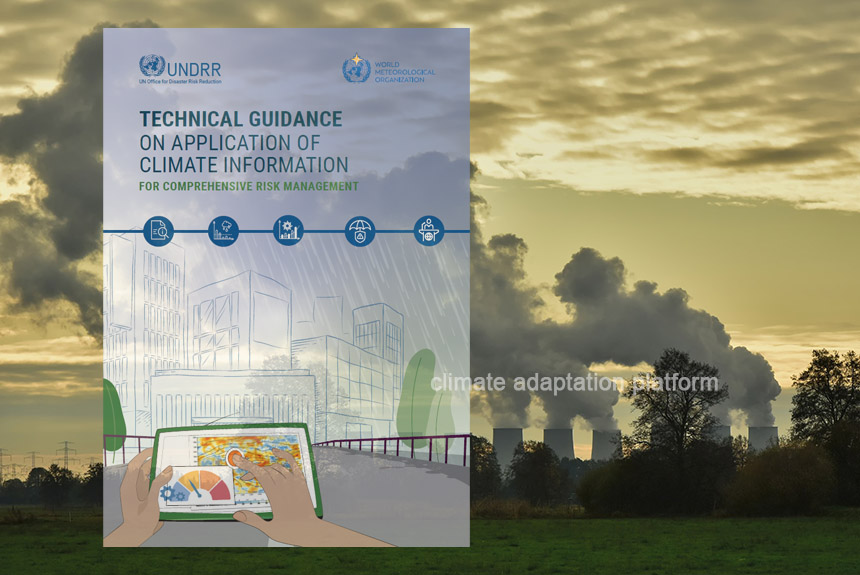Climate change is increasing the frequency, duration, and intensity of extreme weather events and raising the number of disasters.
At the same time, climate information and data are ever-expanding and growing; however, uncertainty remains on translating the continuous flow of climate information into planning and disaster risk reduction.
The UN Office for Disaster Risk Reduction (UNDRR) and the World Meteorological Organization (WMO) published a “Technical Guidance on Application of Climate Information for Comprehensive Risk Management” to provide the necessary know-how to develop and strengthen a policy basis for DRR and risk-informed development.
The present guidance provides pathways for scientifically sound and publicly available climate information. Ultimately, by accessing the best available up-to-date climate information, planners, risk managers, and decision-makers will be empowered to develop their strategies and plans, considering multiple climate-related hazards at different levels of uncertainty.
The guidance concludes that information on climatic averages and statistics of variability for future periods are important for strategic decisions and those involving long-term commitments.
“Climate science contributes to a better understanding of the susceptibility of socioecological systems to climate change. When acted upon, climate science can help to safeguard economic and human development and the environment from adverse climate impacts and reduce risks of disasters. Such information can be used to plan and design investments that increase vulnerable populations’ adaptive capacity and resilience. The value of climate science for decision-making in disaster risk reduction depends on using the best available data to characterize the climate system and deal with uncertainties. Reliable, high-resolution and timely climate information is a crucial input for decisions intended to promote Disaster Risk Reduction and Climate Change Adaptation and avoid or minimize impacts on societies.”
This guidance aims to complement the United Nations Office for Disaster Risk Reduction (UNDRR)-/co-led guidance and tools on comprehensive risk management (CRM).
Source:
UNDRR and WMO (2023), Technical guidance on application of climate information for comprehensive risk management, United Nations Office for Disaster Risk Reduction and World Meteorological Organization. Retrieved from https://www.undrr.org/publication/technical-guidance-application-climate-information-comprehensive-risk-management
Technical Guidance on Comprehensive Risk Assessment and Planning in the Context of Climate Change. (2022, April 22). Reliefweb. Retrieved from https://reliefweb.int/report/world/technical-guidance-comprehensive-risk-assessment-and-planning-context-climate-change



Leave a Reply